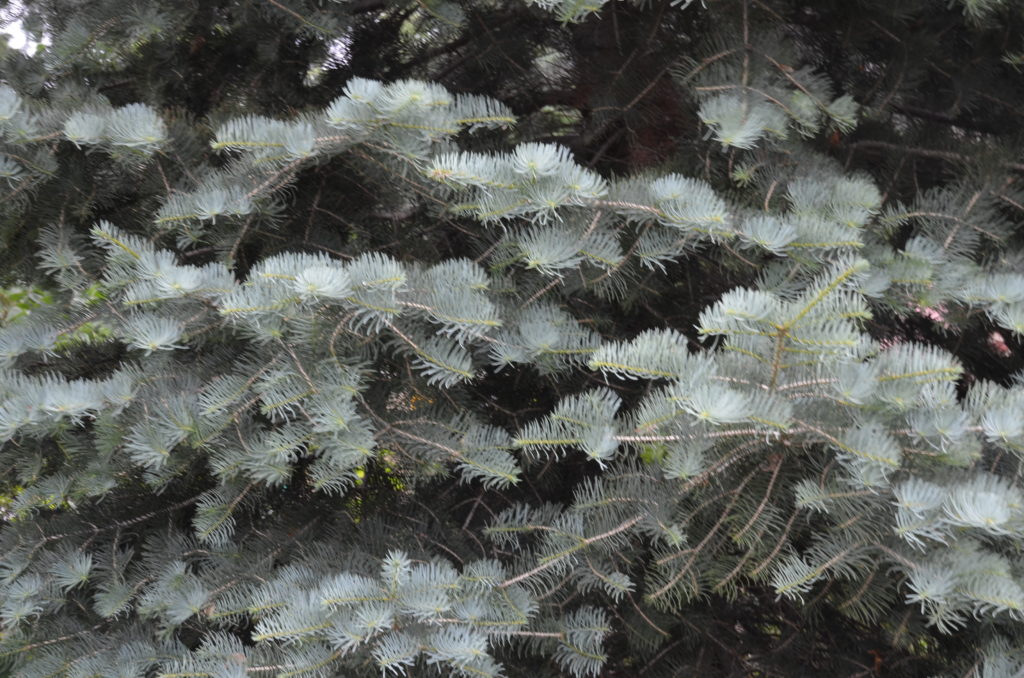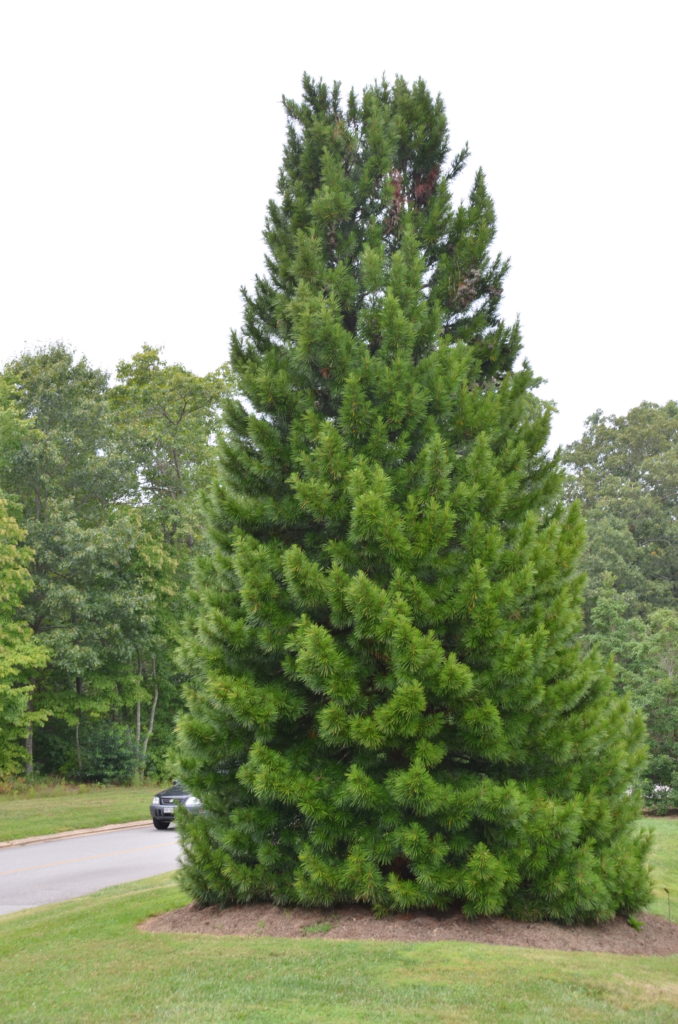Most conifers are best grown in deep, moist, well-drained, acidic loamy soils and in full sun. In the deep South evergreen conifers are challenged by warm soils, poor soil drainage, and humidity. Humidity increases their susceptibility to diseases. Once established they are drought tolerant, but most fail in poorly drained wet soils.

Many pine species melt in regions where summers are hot and humid. Notable examples include: Scot’s pine (Pinus sylvestris), Austrian pine (P. nigra). Their natural range in the northern U.S. is from Illinois to New Jersey These pines and others are susceptible to a number of fungal needle disease and insect problems. Contrarily, Loblolly Pines (P. taeda), shortleaf pine (P. echinata), and long leaf pine (P. palustris) grow well in many Southeastern states.
White or Concolor firs (Abies concolor) enjoy the cool climes and gravelly soils of the Rocky Mountains. Frazer fir (Abies fraseri) grows well at 4000 to 6000 feet elevations of Tennessee, Virginia and North Carolina.
Norway spruce (Picea abies) and Colorado spruce (Picea pungens) struggle summer heat and humidity in zones 7 and points south.
Umbrella Pine (Sciadopitys verticillata), not a true pine, do not perform well in heavy clay soils.

Oriental arborvitae (Platycladus orientalis) is highly susceptible to Berckmann’s canker (aka arborvitae blight. American arborvitae (Thuja occidentalis) is resistant (Zones 6-9).
Italian cypress (Cupressus sempervirens) is native to southern Europe and western Asia. tree and shrub forms take on the familiar narrow-columnar or fastigiate form and grows 40-60 feet (less frequently to 80 feet) tall. Some selections develop a spreading, open-horizontal form (var. horizontalis) (Zones 7-10).
European Larch (Larix spp.), a deciduous conifer, is highly susceptible to pest and disease issues in the Southern U.S. (USDA zones 2-6) . Japanese larch (L. kaempferi) is slightly more dependable in the mid-South in sandy loam soils (Zones 4-7).
Rocky Mtn junipers (Juniperus scopulorum) prefer well-drained soils and the cooler climes of the Midwestern U.S. (Zones 3-7) .
Hemlock (Tsuga spp.) struggle with wooly adelgid, is significant insect pest (Zones 3-7). Effective pesticide and biological controls are currently available. New promising resistant varieties are entering the testing stage.

 Posted in
Posted in 
